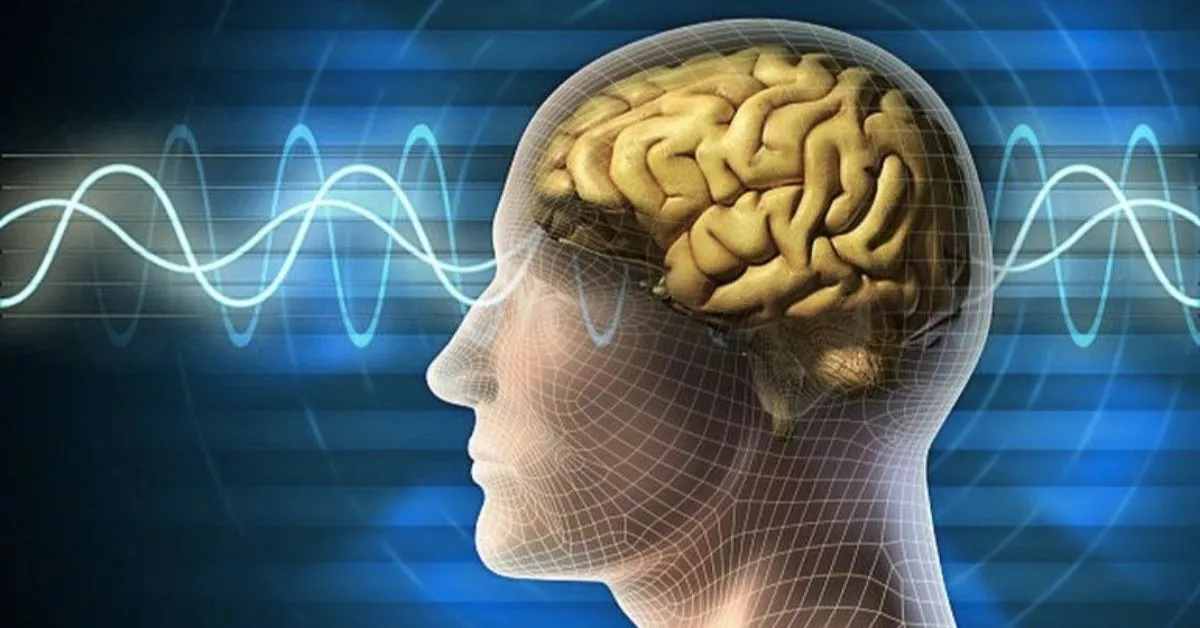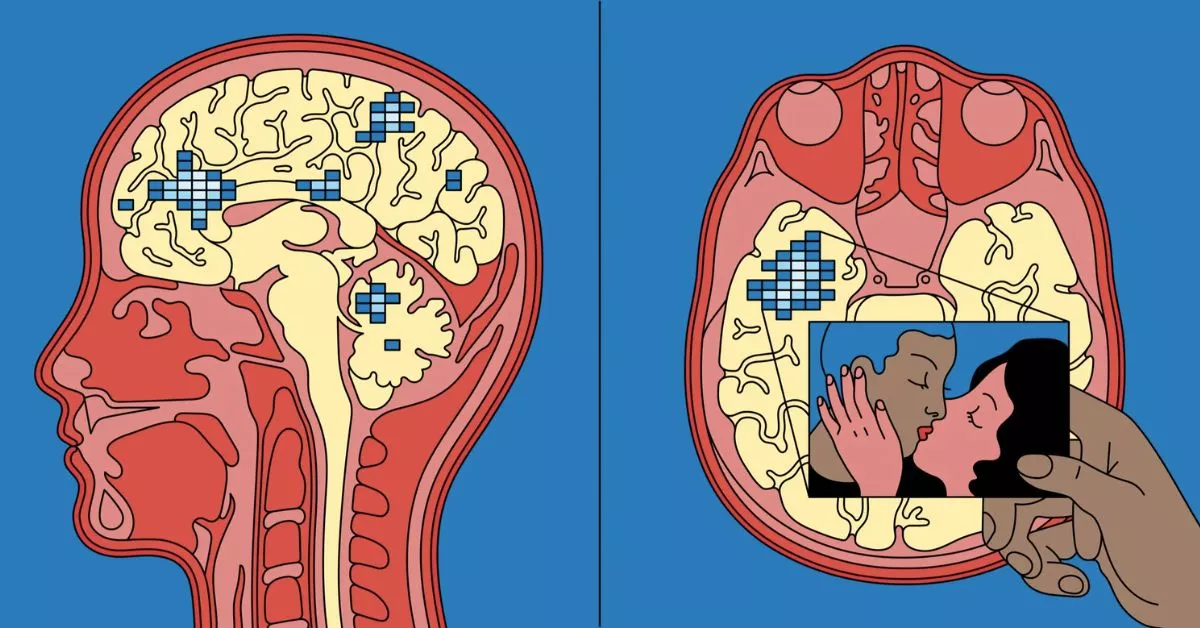In an era defined by technological marvels, one frontier stands out as particularly groundbreaking: brain-reading technology. This innovation, once confined to the realms of science fiction, is rapidly becoming a tangible reality, reshaping the landscape of human-machine interaction.

The Genesis of Brain-Reading Technology:
1. Pioneering Advances:
- Breakthroughs in neuroscience and engineering have converged, giving birth to devices that can interpret brain signals with unprecedented precision.
- The journey began with EEG (Electroencephalogram) technology, evolving into more intricate systems capable of decoding complex brain patterns.
2. Neuroimaging Techniques:
- Technologies like fMRI (functional Magnetic Resonance Imaging) offer a deeper understanding of brain activity, enabling researchers to map thoughts and emotions.
Applications Transforming Reality:
1. Medicine and Neurology:
- Diagnostic Precision: Brain-reading contributes to precise diagnosis, especially in conditions like epilepsy and neurodegenerative disorders.
- Neurorehabilitation: Stroke survivors and those with paralysis find hope in brain-machine interfaces, allowing them to control prosthetics through their thoughts.
2. Communication Breakthroughs:
- Aiding the Speech-Impaired: Brain-reading facilitates communication for those unable to speak, opening new avenues for expression.
3. Gaming and Entertainment:
- Mind-Controlled Interfaces: Gamers experience a paradigm shift as brain-reading interfaces enable actions based on cognitive commands.
4. Ethical Considerations:
- Privacy Concerns: As technology delves into the inner workings of the mind, questions of privacy and data security become paramount.
- Ensuring Consent: Striking a balance between innovation and ethical considerations is crucial, emphasizing the need for informed consent in using such technologies.
Challenges on the Horizon:
1. Technological Hurdles:
- Precision vs. Intrusiveness: Striking a balance between the level of detail and the non-invasiveness of brain-reading technologies remains a challenge.
2. Ethical Dilemmas:
- Mind-Reading and Consent: The ethical implications of interpreting thoughts raise questions about consent and the potential for misuse.
Future Horizons:
1. Neural Augmentation:
- Cognitive Enhancement: The prospect of enhancing cognitive abilities opens new frontiers, raising both excitement and ethical considerations.
2. Collaborative Endeavors:
- Interdisciplinary Synergy: Brain-reading technology necessitates collaboration between neuroscientists, engineers, ethicists, and policymakers to navigate its evolution responsibly.

In Conclusion:
The ascent of brain-reading technology marks a pivotal chapter in our technological saga. As it reshapes healthcare, communication, and entertainment, the journey forward requires not just scientific prowess but a conscientious approach to the profound impact on the human experience.
